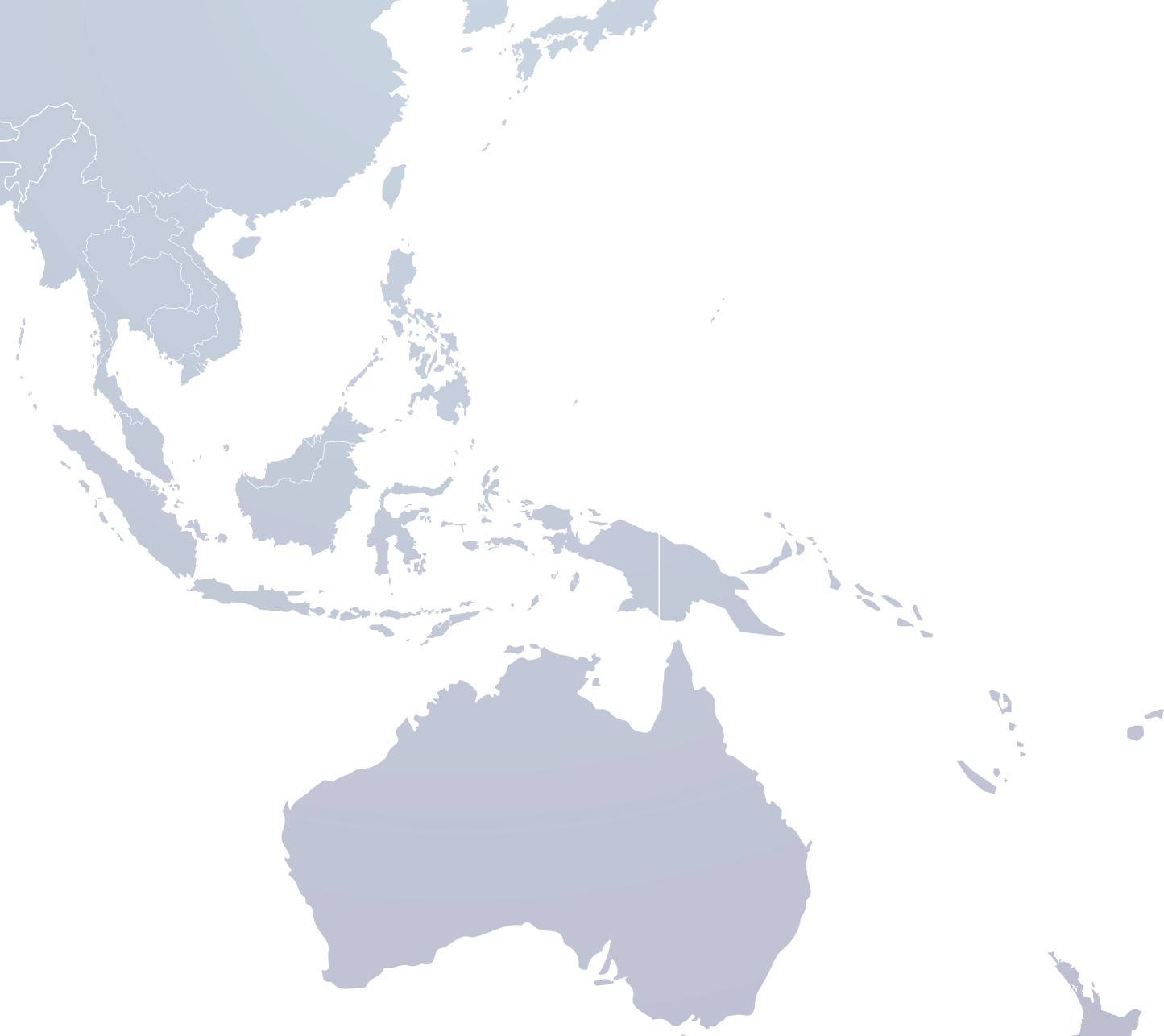As one of the world’s most diverse regions, entering APAC markets always requires in-depth strategising for both multinational corporations and growing businesses alike. For starters, consumer demographics in APAC markets are highly specific, with consumers maintaining different values based on their age groups, cultural upbringing, and of course, their pain points and needs. Because of this, most businesses opt to create new brand guidelines specifically for their APAC expansions.
So what’s the best approach for businesses looking to build brands specifically for APAC markets? We’ll be outlining some key considerations that must be made in this unique process below, so read on for more information on this dynamic regional business branding challenge.
Utilising Promotional Merchandise
One of the strongest brand building strategies for APAC demographics is developing and distributing customised marketing collateral. Providing prospective customers with promotional materials like flyers, brochures, or even functional merchandise like fridge magnets, bookmarks, or postcards allows your new APAC brand to demonstrate its value from the get-go.
The key to utilising promotional materials, however, is to make sure that the form they’re presented in appeals directly to your target markets. In other words, you need to provide unique and tailored value that communicates your brand is for these consumers, and has been developed to cater to their unique needs and wants.
Similarly, in developing promotional materials, business owners can learn more about the markets they’re looking to target. After all, the key to successful international expansions is to make sure you’ve answered all the relevant questions that relate to your growth strategising. Understanding the benefits of entering that market and how best to communicate these to your new demographics can in turn, help you develop promotional materials that are tailored and thus, more effective.
Clearly Defining Target Audiences
Of course, your promotional materials can only be as strong as your understanding of your target audience. In this regard, you can never do too much preparation and research on your demographics prior to pulling the trigger on your APAC expansion.
The best method for defining your target audiences is to engage with market data, both in the form of third-party market reports and research, as well as by conducting your own tests, research, and tailored reports. If you have product prototypes, conducting A/B testing with a subset of your target audience can aid in ensuring your concepts are accompanied with great feedback before a larger-scale rollout.
Conducting competitor analyses can also help your business identify any pain points of your target audience that may not be being addressed by existing market players. The strongest asset you can have on-hand when entering a new regional market is a unique edge that helps position you as an industry authority, and not as a foreign player. Demonstrating that you’ve understood the needs of your target audience and how best to provide for these needs can help ensure your brand is embraced from the get-go.
Making Cultural Considerations
Speaking of engaging with your audience, one key factor you shouldn’t neglect is making sure that your branding is aligned with local cultural values. Making cultural considerations is intrinsic to the success of your brand in Asian markets in particular, as consumer values can range from being quite conservative to a lot more liberal and global. Failing to strike the ideal balance between these elements can greatly impact the perception and trustworthiness of your brand.
So how do you make sure you strike this balance? Well, research will only get you so far. Having feet on the ground in your APAC markets can aid in ensuring that your brand makes a respectable first impression.
Just as you would read up on Japanese etiquette tips before booking a business trip in Japan, so too should your brand be mindful of cultural values and associations before releasing any branded imagery or campaign messages. Doing your due diligence here can help avoid your brand accidentally making uncomfortable or inappropriate associations which may affect public sentiments.
Finetuning Brand Tonality
Once you do have a clear picture of who you’re speaking to and what you want to say to them, the next step is to make sure that your brand’s voice and the tonality of your creative content is in alignment with your target audience. This added attention to detail can help ensure that all of your brand’s content (be it written or rich media content) is impactful and appealing for your new demographics.
Finetuning your brand tonality typically involves optimising your web content as well as your social media profiles. Naturally, these two different platforms should ideally maintain a consistent and cohesive brand voice – but you can amend the messaging to align with your content marketing funnel or wider digital marketing strategy.
In other words, your brand’s social media feeds should engage APAC customers by starting conversations that appeal to them – this is the top of your sales funnel and ideally the beginning of your customer’s journey. Once you have their attention on socials, it’s time to redirect them to your business website, where they can be converted into paying customers, or take other measurable actions like joining your mailing list.
However, keep in mind that just like your promotional materials, finetuning your brand voice can take some time. Conducting A/B testing and monitoring conversion, click-through rates, and other KPIs can aid in determining the effectiveness of your brand’s content tone and voice.
~
Conducting business expansion initiatives of any scope naturally requires detailed research and tailored approaches. For APAC markets in particular, the inclusion of cultural factors and highly specific demographics must also be considered. So long as these considerations have been made, your APAC expansion should be on track to enjoy success.




























